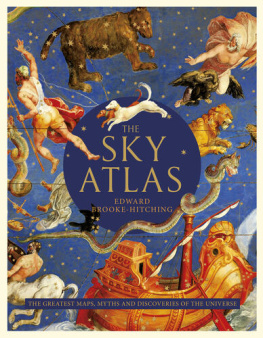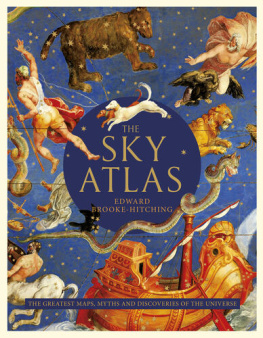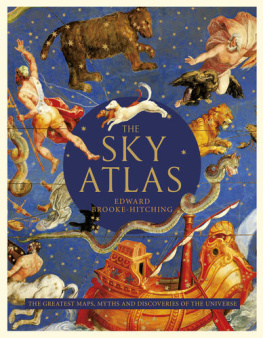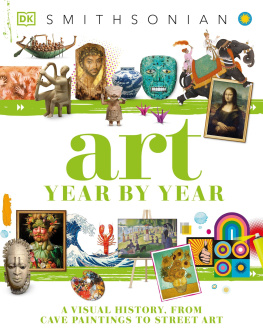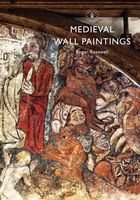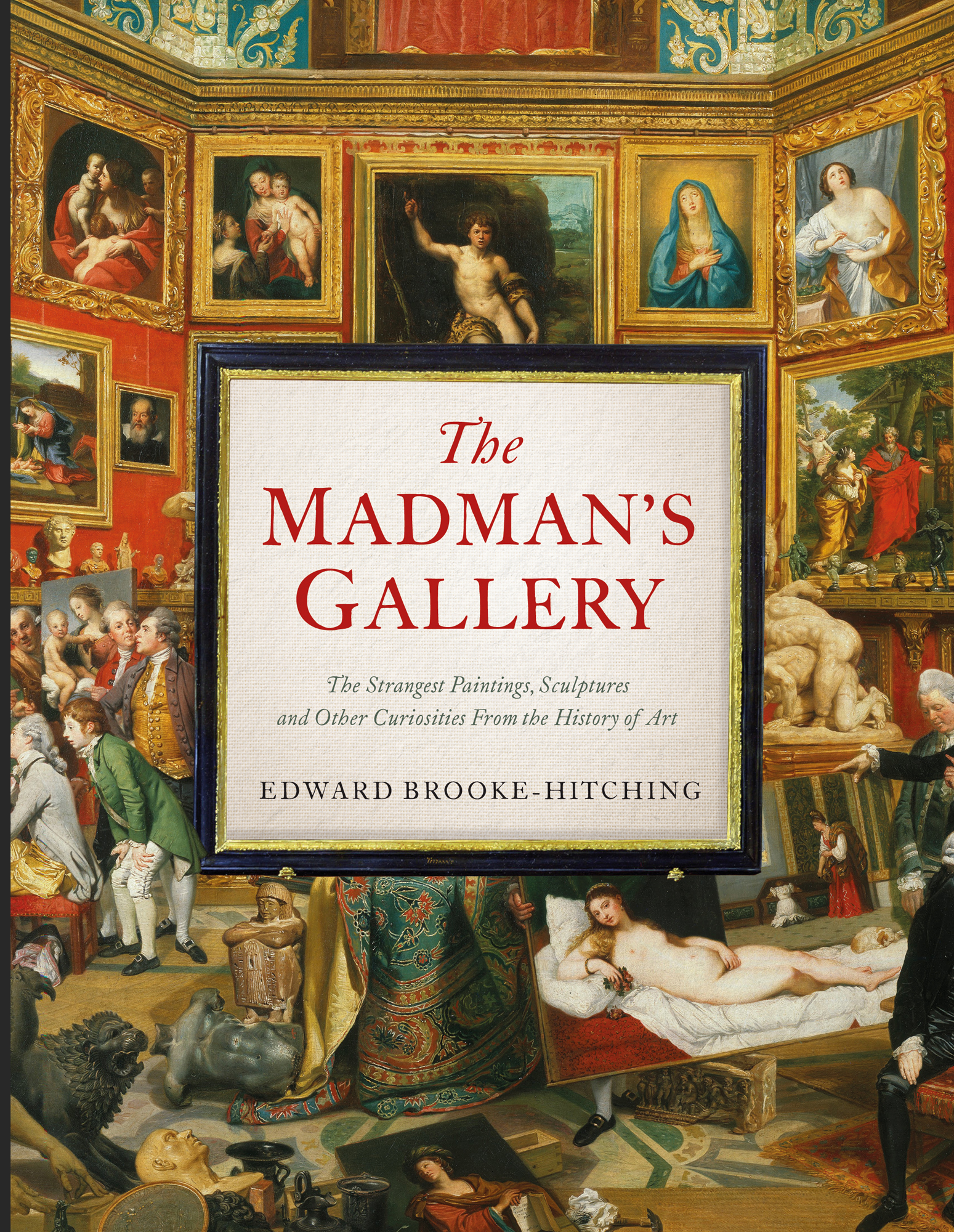Edward Brooke-Hitching - The Madmans Gallery: The Strangest Paintings, Sculptures and Other Curiosities from the History of Art
Here you can read online Edward Brooke-Hitching - The Madmans Gallery: The Strangest Paintings, Sculptures and Other Curiosities from the History of Art full text of the book (entire story) in english for free. Download pdf and epub, get meaning, cover and reviews about this ebook. City: London, year: 2023, publisher: Chronicle Books, genre: Art. Description of the work, (preface) as well as reviews are available. Best literature library LitArk.com created for fans of good reading and offers a wide selection of genres:
Romance novel
Science fiction
Adventure
Detective
Science
History
Home and family
Prose
Art
Politics
Computer
Non-fiction
Religion
Business
Children
Humor
Choose a favorite category and find really read worthwhile books. Enjoy immersion in the world of imagination, feel the emotions of the characters or learn something new for yourself, make an fascinating discovery.
- Book:The Madmans Gallery: The Strangest Paintings, Sculptures and Other Curiosities from the History of Art
- Author:
- Publisher:Chronicle Books
- Genre:
- Year:2023
- City:London
- Rating:3 / 5
- Favourites:Add to favourites
- Your mark:
The Madmans Gallery: The Strangest Paintings, Sculptures and Other Curiosities from the History of Art: summary, description and annotation
We offer to read an annotation, description, summary or preface (depends on what the author of the book "The Madmans Gallery: The Strangest Paintings, Sculptures and Other Curiosities from the History of Art" wrote himself). If you haven't found the necessary information about the book — write in the comments, we will try to find it.
Brought to light from the depths of libraries, museums, dealers, and galleries around the world, these forgotten artistic treasures include portraits of oddballs such as the British explorer with a penchant for riding crocodiles, and the Italian monk who levitated so often hes recognized as the patron saint of airplane passengers. Discover impossible medieval land yachts, floating churches, and eagle-powered airships. Encounter dog-headed holy men, armies of German giants, 18th-century stuntmen, human chessboards, screaming ghost heads, and more marvels of the human imagination. A captivating odditorium of obscure and engaging characters and works, each expertly brought to life by historian and curator of the strange Edward Brooke-Hitching, here is a richly illustrated and entertaining gallery for lovers of outr art and history.
A GLOBAL SURVEY: Here are European painters who used ground up Egyptian mummies as pigment, examples of the antique Japanese art of Gyotaku (fish stone rubbings) using dried fish as printing plates, a Parisian art hoax featuring paintings actually created by a chimpanzee, and much more.
ODDITIES ABOUND: Depictions of the demon worms believed to cause toothaches carved into human molars: Check. A nude version of the Mona Lisa painted by the bad boy apprentice of Leonardo da Vinci: Here it is. The most admiring portrait of a cannibal likely ever produced: Presented in full color.
EXPERT AUTHOR: Edward Brooke-Hitching is a master of taking visually driven deep dives into unusual historical subjects, such as the maps of imaginary geography in The Phantom Atlas or ancient pathways through the stars in The Sky Atlas, imaginative depictions of heavens, hells, and afterworlds in The Devils Atlas, and the strangest books imaginable in The Madmans Library.
Perfect for:
- Fans of beautifully illustrated works, art history, and unusual world atlas collections
- Readers of quirky history such as Schotts Miscellany, Atlas Obscura, and the wildly popular QI series (for which the author is a writer and researcher)
- Gift for a graduate, teacher, or student of world history, art history, library science, archeology, sociology, or any discipline engaged in the exploration of curiosities and human nature
Edward Brooke-Hitching: author's other books
Who wrote The Madmans Gallery: The Strangest Paintings, Sculptures and Other Curiosities from the History of Art? Find out the surname, the name of the author of the book and a list of all author's works by series.

